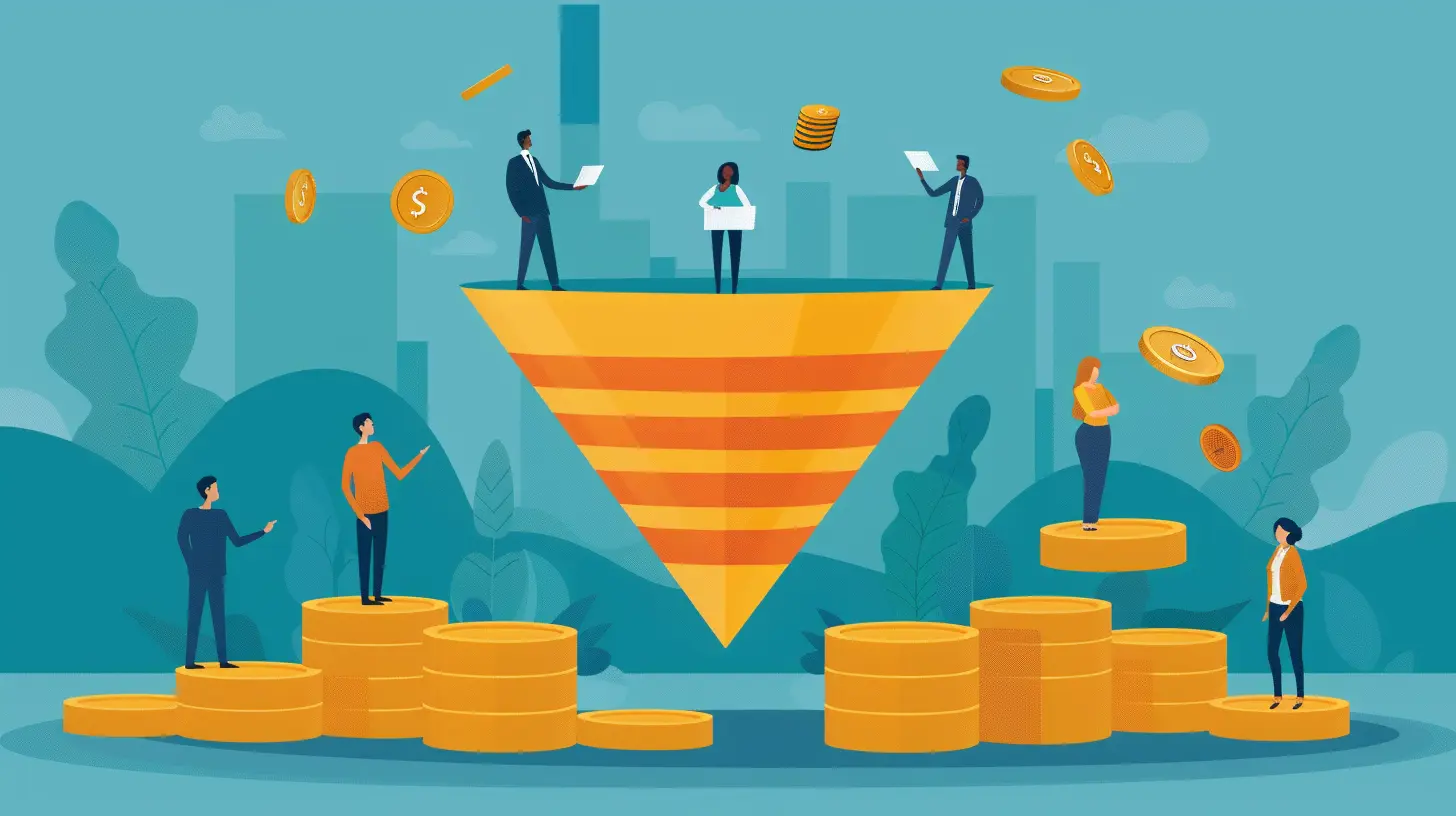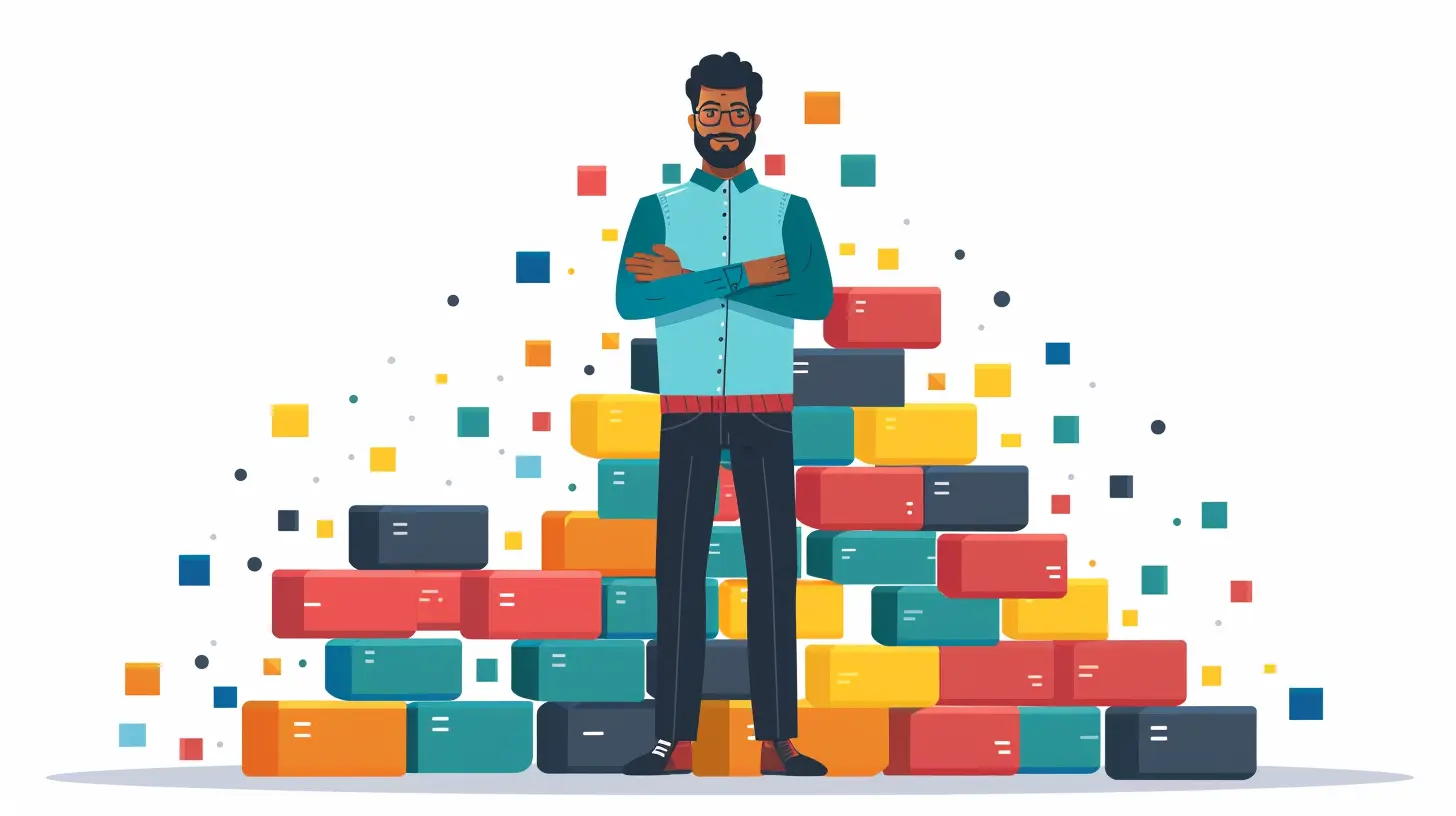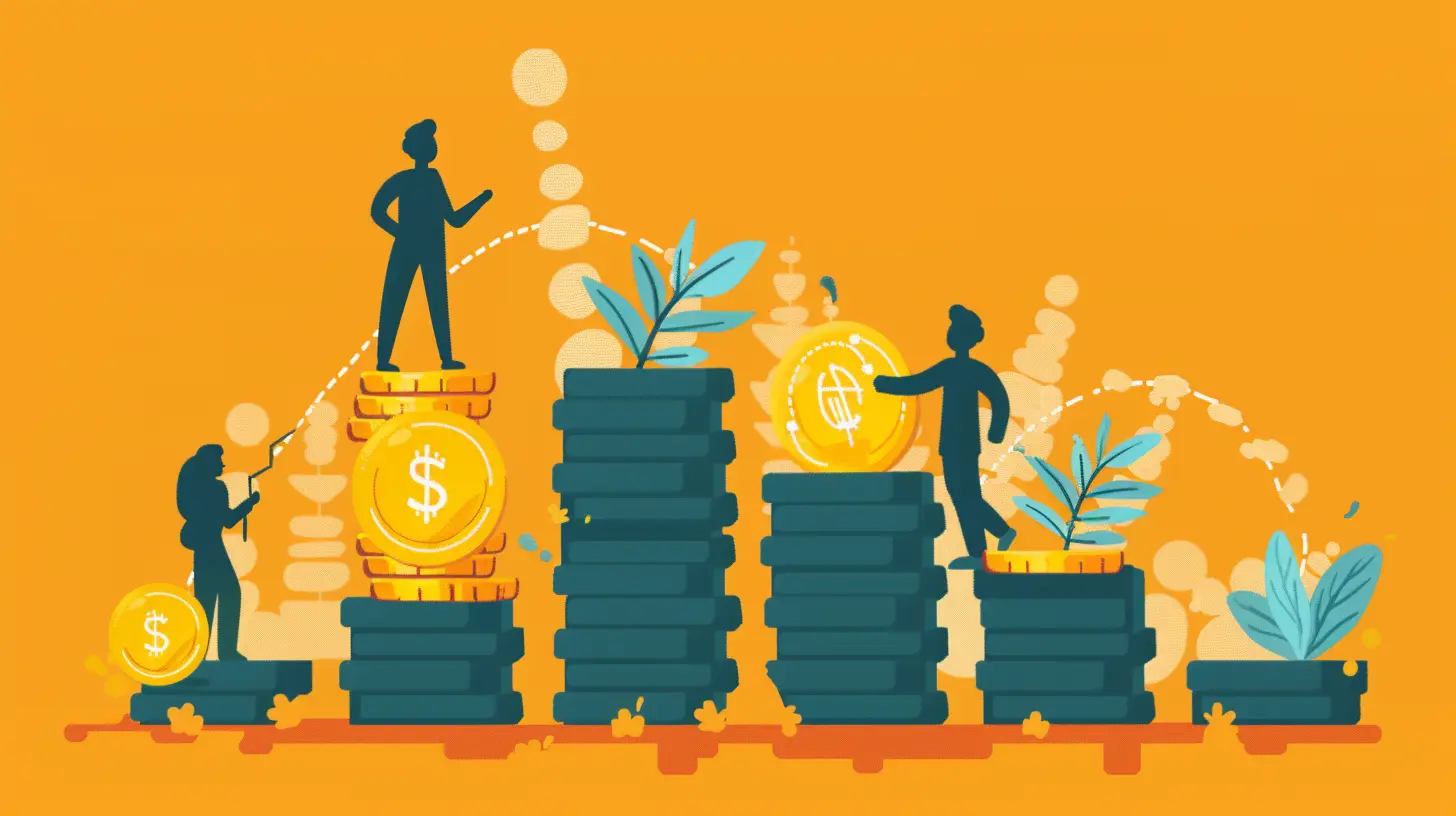Building a Customer Acquisition Plan That Scales with Your Business
3 August 2025
Growing a business is like planting a tree—you can't just water it once and expect it to flourish. You need a well-thought-out strategy to attract and retain customers, ensuring your business thrives in the long run. That's where a scalable customer acquisition plan comes into play.
But what exactly is a customer acquisition plan? And how can you build one that grows with your business? Let’s dive in and break it down step by step.

What Is a Customer Acquisition Plan?
A customer acquisition plan is your roadmap for attracting, converting, and keeping customers. It outlines the strategies, tools, and tactics you’ll use to bring in new customers while ensuring a smooth experience that encourages loyalty.The key to a successful customer acquisition plan isn’t just getting customers—it’s acquiring them in a way that’s sustainable and scalable. If your methods only work for a handful of customers, they won't hold up as your business expands.

Why a Scalable Customer Acquisition Plan Matters
Imagine you're running a small bakery. Word-of-mouth marketing might be enough when you’re just starting out. But what happens when you open multiple locations? Suddenly, relying on customers randomly walking in won’t cut it.A scalable customer acquisition plan ensures that your business continues to grow without hitting roadblocks. It helps you:
- Avoid bottlenecks – Your acquisition strategies should work whether you're serving 10 or 10,000 customers.
- Maximize efficiency – Automating and optimizing your approach saves time and resources.
- Reduce customer churn – A well-structured plan keeps customers engaged so they don’t leave after one purchase.

Steps to Building a Scalable Customer Acquisition Plan
Now that we understand why scalability is crucial, let’s break down the process into actionable steps.1. Identify Your Ideal Customer
You wouldn't cook a meal without knowing who you're serving, right? The same goes for acquiring customers. Understanding your target audience helps you tailor your strategies to attract the right people.How to define your ideal customer:
- Conduct market research to understand demographics, behaviors, and preferences.
- Create detailed buyer personas outlining age, interests, pain points, and buying habits.
- Analyze existing customer data to identify trends and common characteristics.
By deeply understanding your ideal customer, you can craft marketing messages that resonate and drive conversions.
2. Choose the Right Acquisition Channels
Not all customer acquisition channels are created equal. The trick is finding the right ones that align with your business goals and audience.Here are some of the most effective acquisition channels:
Organic Search (SEO)
Ranking high on Google helps you attract potential customers without paying for ads. Optimizing your website with relevant keywords, high-quality content, and strong backlinks can drive continuous traffic.Paid Advertising (PPC & Social Ads)
Platforms like Google Ads and Facebook Ads allow you to target specific audiences with precision. This is great for quick exposure, but costs can add up if not managed effectively.Content Marketing
A well-maintained blog, valuable resources, and engaging videos can attract and educate potential customers, positioning your brand as an industry authority.Social Media Marketing
Platforms like Instagram, LinkedIn, and Twitter provide direct interaction with customers, allowing for organic growth and brand credibility.Email Marketing
Contrary to popular belief, email isn’t dead. A strong email list allows you to nurture leads and convert them into customers through personalized content.Referral Programs
Encouraging happy customers to spread the word can be a cost-effective way to scale your reach. Offering incentives (discounts, freebies, etc.) makes referrals even more effective.3. Invest in Automation and Technology
Scaling your acquisition efforts manually is exhausting. That’s where automation comes in.Invest in tools that help streamline your marketing, sales, and customer engagement. Some popular options include:
- CRM Software – Manage customer relationships with platforms like HubSpot or Salesforce.
- Email Automation – Tools like MailChimp or ActiveCampaign nurture leads without manual effort.
- Chatbots & AI Assistants – Automate customer interactions on your website or social media.
- Data Analytics Tools – Track customer behavior and optimize strategies accordingly.
The more you automate, the smoother your acquisition strategy becomes as you scale.
4. Optimize Your Conversion Funnel
Attracting visitors is only half the battle—you need to convert them into paying customers.Your conversion funnel typically consists of:
1. Awareness: Customers discover your brand.
2. Interest: They engage with your content or ads.
3. Consideration: They explore your products or services.
4. Decision: They make a purchase.
To maximize conversions:
- Simplify the buying process. Remove unnecessary steps that may discourage customers from completing their purchase.
- Use clear CTAs (Call-To-Actions). Buttons like "Sign Up" or "Get Started" should stand out.
- Build trust. Reviews, testimonials, and case studies can reassure hesitant customers.
- Provide value. Offer incentives like free trials, discounts, or exclusive content.
5. Track, Measure, and Adjust
A scalable acquisition plan isn’t set in stone—it evolves over time.Regularly analyze key performance metrics to understand what’s working and what’s not. Some essential metrics include:
- Customer Acquisition Cost (CAC) – How much you’re spending to acquire a new customer.
- Conversion Rate – The percentage of visitors who take the desired action.
- Customer Lifetime Value (CLV) – How much revenue a customer brings over their relationship with your business.
- Return on Investment (ROI) – Are your efforts paying off?
If something isn’t working, pivot. Tweak your messaging, test different channels, and refine your strategies based on data.
6. Focus on Customer Retention
While acquiring new customers is crucial, keeping them engaged is just as important. A strong retention strategy ensures long-term success while reducing acquisition costs.Ways to Improve Customer Retention:
- Offer excellent customer service—quick responses and problem resolution build trust.- Personalize experiences—use data to tailor product recommendations and communication.
- Build a community—engage customers through social media, loyalty programs, or exclusive offers.
- Ask for feedback—continuous improvement strengthens customer relationships.
Loyal customers not only buy more but also become your brand advocates, bringing in more customers through word-of-mouth.

Final Thoughts
Scaling your customer acquisition plan isn’t about chasing every marketing trend—it’s about building a structured, repeatable system that brings in leads and turns them into loyal customers.By understanding your audience, choosing the right acquisition channels, leveraging automation, optimizing conversions, and focusing on retention, you’ll create a plan that grows with your business—without burning out your resources.
Success doesn’t happen overnight, but with the right approach, your acquisition plan will become a well-oiled machine driving sustainable growth for years to come.
all images in this post were generated using AI tools
Category:
Customer AcquisitionAuthor:

Lily Pacheco
Discussion
rate this article
1 comments
Zethryn Lambert
In today's dynamic market, a scalable customer acquisition plan requires not only strategic foresight but also adaptability. Emphasizing deep customer insights and leveraging technology can transform traditional approaches into innovative models. Ultimately, success lies in aligning your acquisition strategies with evolving customer needs, ensuring sustainable growth in an ever-changing landscape.
August 12, 2025 at 11:39 AM

Lily Pacheco
Thank you for your insightful comment! I completely agree—recognizing customer needs and embracing adaptability are key to creating a scalable customer acquisition plan.


